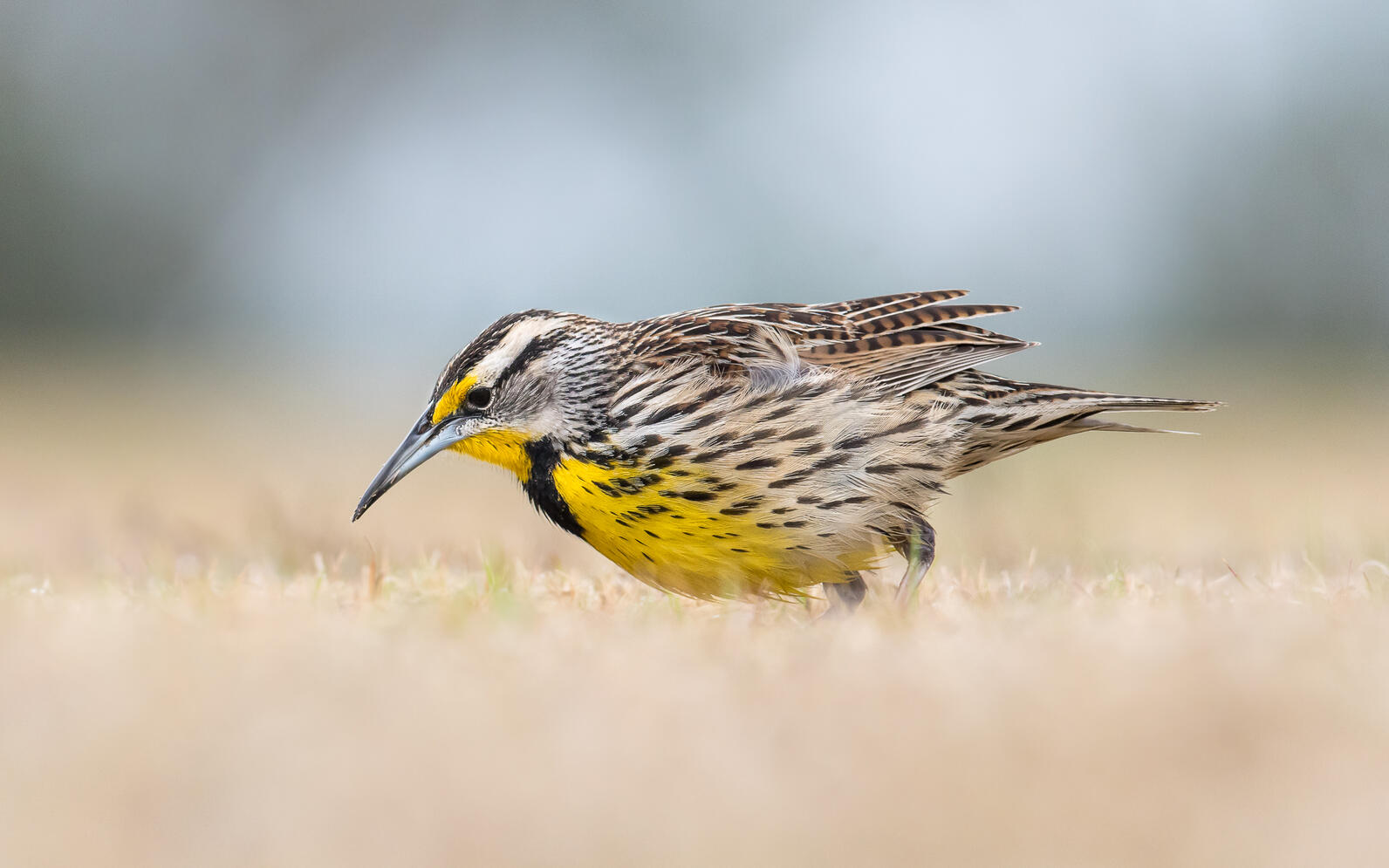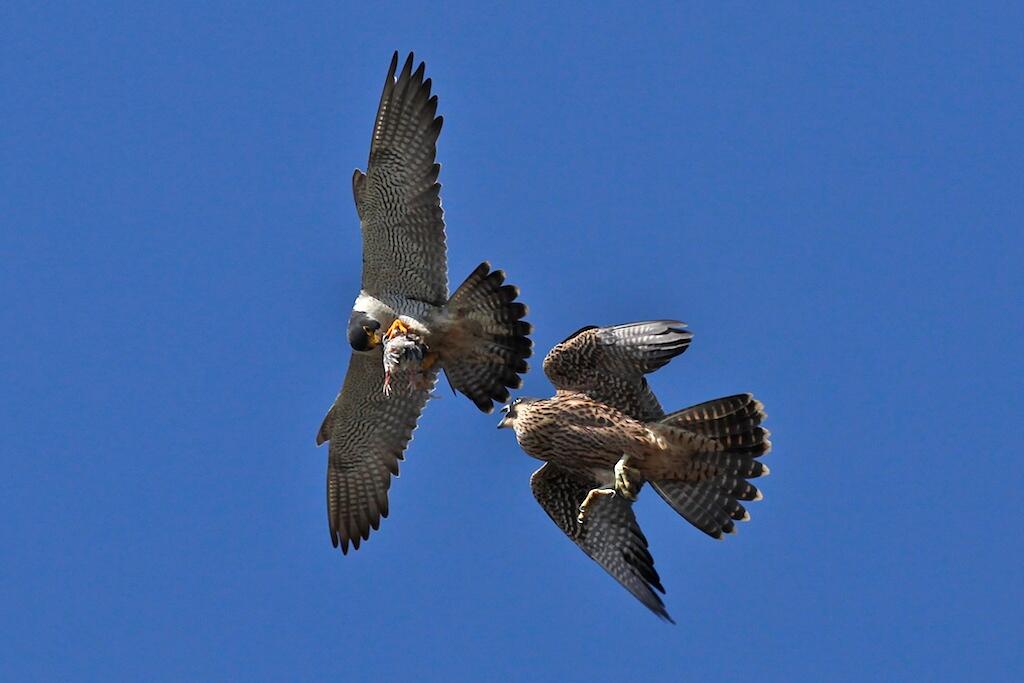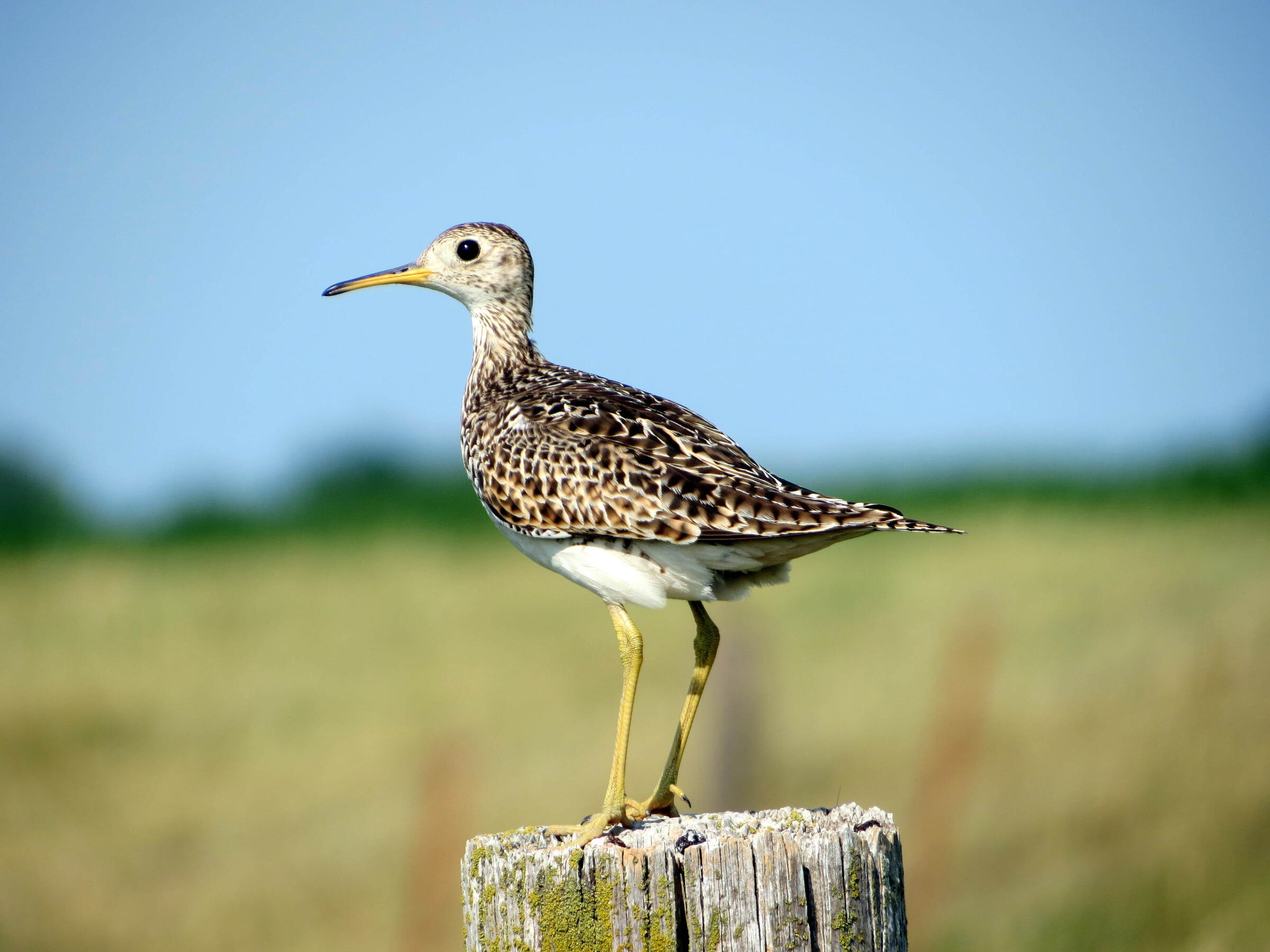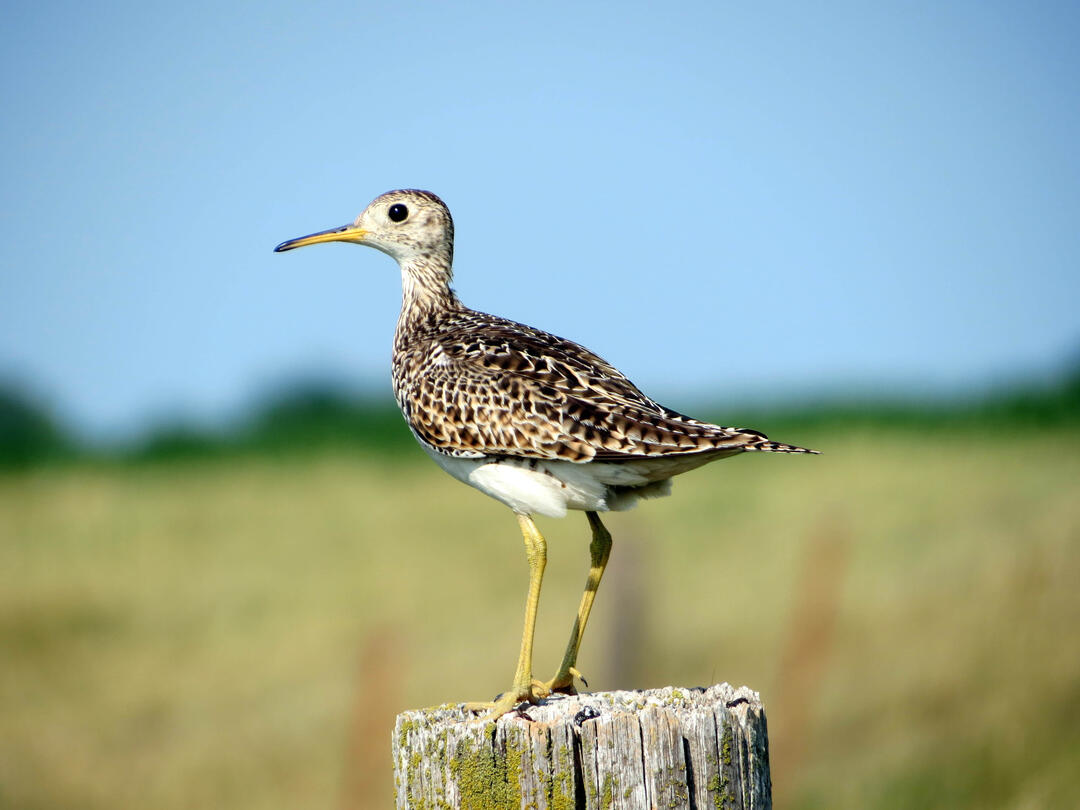Press Contacts:
- David Mears, Audubon Vermont, david.mears@audubon.org 802-434-3006
- Doug Morin, Vermont Fish and Wildlife Department, doug.morin@vermont.gov 802-793-3837
- Chris Rimmer, Vermont Center for Ecostudies, crimmer@vtecostudies.org 802-649-1431 x202

MONTPELIER, VERMONT (June 29, 2021) - Audubon Vermont, Vermont Center for Ecostudies (VCE), and the Vermont Fish and Wildlife Department (VFWD) today announced the results of a review of a recently released report by the U.S. Fish and Wildlife Service (USFWS). The federal report on Birds of Conservation Concern identifies the species of highest priority for USFWS. As noted in the report, recent studies have shown that birds are facing significant threats. In a landmark publication, researchers at the Cornell Lab of Ornithology documented the loss of almost three billion birds in North America since 1970. In 2017, VCE issued a report documenting a number of significant and worrisome trends relating to the decline of Vermont forest birds. In its Survival by Degrees report, the National Audubon Society documented that two-thirds of North American bird species are at risk of extinction from climate change by the end of the century.
With these threats in mind, the Birds of Conservation Concern report provides an important source of information for Vermont as Audubon Vermont, VCE and VFWD continue their bird conservation efforts. Despite its small size, Vermont hosts a remarkable diversity of breeding bird species. By protecting habitats across forests, farms, and fields, Vermont can help at-risk birds and sustain the diversity of birds that delight us with their rich songs and vibrant colors. Vermont birds on the USFWS list of priority species include well-known and historically common species across a variety of habitats statewide, such as lowland forests (Eastern Whip-poor-will, Wood Thrush, Veery), grasslands (Upland Sandpiper, Bobolink, Eastern Meadowlark), mountain forests (Bicknell’s Thrush), shrublands (Golden- and Blue-winged Warblers), and even towns and cities (Chimney Swift).

VFWD, VCE, and Audubon Vermont are already actively working to monitor and protect these species, and many others. VCE’s New England Grassland Ambassadors Program and Mountain Birdwatch Programs, and Audubon Vermont’s Chimney Swift Recovery Program are examples of programs that rely on volunteer community scientists to track and recover populations of priority species within the state. Similarly, Audubon Vermont’s Champlain Valley Bird Initiative seeks to conserve Golden-winged Warblers and other declining grassland and shrubland species through the use of habitat protection and restoration, another important strategy done in partnership with VFWD. The three organizations share USFWS’s goal to ensure that populations of these vulnerable birds, several of which are already listed as Endangered or Threatened in Vermont, do not decline to levels that require protection under the federal Endangered Species Act.
“Vermont has a long, rich history of science-based, community-driven bird conservation programs. We must continue those efforts, engage ever more community members, and collaboratively influence statewide conservation policy,” says VCE’s Executive Director Chris Rimmer. “Vermont’s strong conservation ethic and deeply caring public give us a decided edge.”
“We have successfully recovered species in peril, including Peregrine Falcon, Bald Eagle, and Common Loon when we have identified and addressed the threats facing them and protected their habitats,” explained Doug Morin, Bird Project Leader at VFWD. One such program is the Vermont Loon Conservation Program, a joint VCE-VFWD statewide program that engages volunteers and community stakeholders in Common Loon monitoring, management, and outreach. Another is Audubon Vermont’s Peregrine Falcon Monitoring and Management Project, also supported by VFWD as well as private and public landowners and community scientists. The dramatic recovery of Vermont’s Common Loon and Peregrine Falcon populations demonstrates the successful application of these efforts. VCE, VFWD, and Audubon Vermont are committed to developing thoughtful and science-based conservation plans for other at-risk bird species in the state.

Conserving the priority birds on this list also supports Vermont’s culture and economy. Vermont leads the United States in the per capita number of residents who participate in birding. Many out-of-state birders visit Vermont to experience the state’s world-class opportunities to encounter birds, such as at the Dead Creek Wildlife Management Area or the Missisquoi National Wildlife Refuge. By protecting and thoughtfully managing forests and farms, Vermont can continue to support a rural, working lands economy while ensuring that birds have the places they need for shelter, food, and safe breeding. Audubon Vermont’s Bird Friendly Maple Program, and work to advance bird and pollinator-friendly farming are examples of programs seeking to advance both goals at once.
Finally, protecting habitat for birds is also an important approach to respond to our warming climate. A recent Natural Climate Solutions Report by the National Audubon Society demonstrates that restoring and protecting bird habitat also has significant benefits for people. Audubon Vermont Executive Director David Mears emphasizes, “The US Fish and Wildlife Service’s report is a reminder of the need to pay attention to birds—unfortunately, those birds are telling us that they are in trouble.” He concludes on a more hopeful note that “the good news is, by working together to protect our fields and forests, we can help both birds and Vermont communities.”
##
The U.S. Fish and Wildlife Service Birds of Conservation Concern 2021 report is available online:
https://www.fws.gov/birds/management/managed-species/birds-of-conservation-concern.php
Vermont Fish and Wildlife Department’s Bird Conservation programs: https://vtfishandwildlife.com/conserve/conservation-planning/animal-inventory/birds
Audubon Vermont’s conservation programs: https://vt.audubon.org/conservation
Vermont Center for Ecostudies’ conservation programs: https://vtecostudies.org/



















